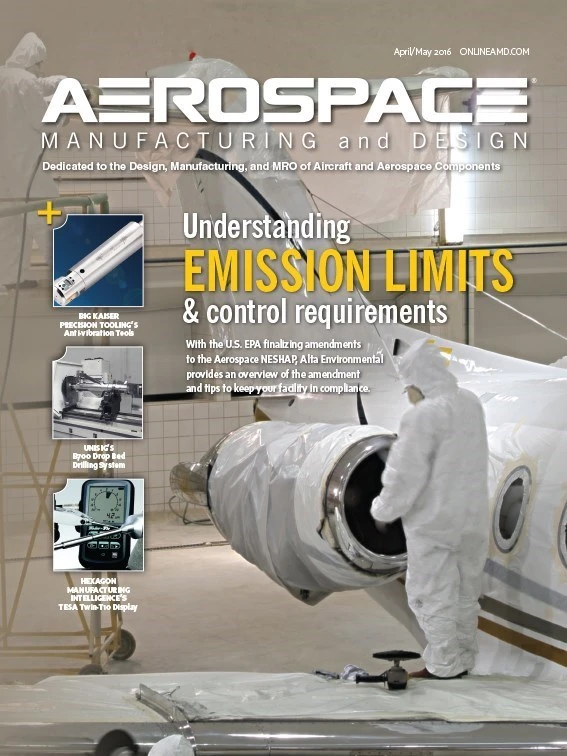
Following the successful launch of six machine-to-machine wireless communication ORBCOMM OG2 satellites in 2014, 11 more ORBCOMM satellites were launched via Cape Canaveral’s SpaceX Falcon 9 rocket in December 2015. In both missions, the satellites were powered by Saft’s low-Earth orbit (LEO) satellite constellation batteries.
The ORBCOMM O2 satellites are designed, manufactured, and integrated by Sierra Nevada Corp. (SNC), which has a multi-million-dollar contract with Saft to provide 18 of its 8S6P medium prismatic satellite (MPS) batteries.
The OG2 constellation is a network of 17 LEO satellites that provide machine-to-machine (M2M) wireless communications to and from anywhere in the world.

Each satellite uses one Saft battery pack containing MPS176065 cells. Providing 30Ah with 28V, the battery will power the satellite for up to 35 minutes during portions of the orbit when the satellite is blocked from sunlight.
In order to keep ORBCOMM’s LEO satellites small, the technology was developed to operate with significantly lower power levels, requiring smaller batteries than geostationary (GEO) satellites. Chosen for their low-weight and high-voltage capabilities, the batteries reduce satellite battery weight by 50% on average, allowing the OG2 satellites to carry a larger payload. The low-thermal power and high-energy efficiency of the batteries enables the installation of smaller solar panels and battery radiators to further reduce the satellite’s critical weight.
Aerospace Manufacturing & Design sat down with Yannick Borthomieu, Saft space and defense product manager of France, to discuss the research, design, and implementation of the LEO satellite constellation batteries for the ORBCOMM satellites.
AMD: Can you describe the research and development behind the batteries for the ORBCOMM satellites?
Yannick Borthomieu: The electrochemistry of the MPS cells was issued from Saft’s research in early 2000. Since that time, the reliability of the MPS speaks for itself with more than 170 satellites launched, among them, the 17 OG2 satellites. The MPS cells have been qualified in the frame of the European Space Agency (ESA) flight program using the space standards. This stringent qualification program – including electrical performances characterization, mechanical with high level vibration and shock testing, thermal vacuum evaluation, safety test, and long term cycle-life tests – aims to demonstrate the capability of the cell to meet the harsh space environments.

The battery design was adapted to the OG2 plate-form needs and requirements. The main constraint for the battery pack was the footprint. To adapt to the major constraints, the two 8S3P battery blocks already designed and qualified were placed onto a mechanical structure, positioning the blocks vertically using the bracket. As part of the program, two engineering models and one qualification model were built. They were permitted to validate by testing all the compliance to all the mission requirements, mainly the thermal and mechanical behavior. The flight models were delivered to SNC on time for acceptance and satellite integration tests. The battery energy Saft delivered for OG2 ensured the required lifetime of five years.
AMD: How did Saft’s batteries fit the specs for the operation?
YB: The qualification tests performed on both engineering model (EM) and quarter-max (QM) batteries demonstrated that the design fit the requirements. The complex test matrix covered all the specified environments such as mechanical, thermal, electrical, reliability, and lifetime. The batteries successfully passed the acceptance tests prior to the delivery.

AMD: How are these batteries essential for ORBCOMM’s machine to machine (M2M) communication abilities?
YB: The OG2 satellites are placed into low Earth orbit (LEO) for communication purposes. The 17 operational satellites of the constellation were placed into orbit using two Falcon 9 launches; the first with six satellites in July 2014 and the second with 11 satellites in December 2015. These satellites are using a 95 minute orbit with 60 minutes of sunlight and 35 minutes of eclipse. During the eclipse time, the solar panels are no more efficient than the battery used to power the plate form and the payload with the M2M communication system. Battery reliability is key for mission success. Saft has already demonstrated more than 55,000 cells operating in orbit, including more than 15,000 Li-ion cells, without deviation or failure.
AMD: Will Saft’s batteries be used on more satellite operations?
YB: Today, Saft has more than 170 satellites using similar types of batteries with a total energy equivalent to 2.3MWh. Battery sizes are dependent on the satellite position and application. For example, a GEO telecommunication satellite battery is much more powerful than a LEO satellite dedicated for Earth observation or communication.
Saft Group

Sierra Nevada Corp.
ORBCOMM
About the author: Arielle Campanalie is the associate editor of Aerospace Manufacturing and Design and can be reached at acampanalie@gie.net or 216.393.0420.

Explore the April May 2016 Issue
Check out more from this issue and find your next story to read.
Latest from Aerospace Manufacturing and Design
- Piasecki acquires Kaman's KARGO UAV program
- PI Americas’ long-travel XY piezo nanopositioners-scanners
- AAMI project call submission deadline extended to May 12
- Jergens launches cast iron tooling column additions
- Airbus to acquire assets relating to its aircraft production from Spirit AeroSystems
- FANUC America's Cobot and Go web tool
- Chicago Innovation Days 2025: Shaping the future of manufacturing
- High-density DC/DC converters for mission-critical applications





